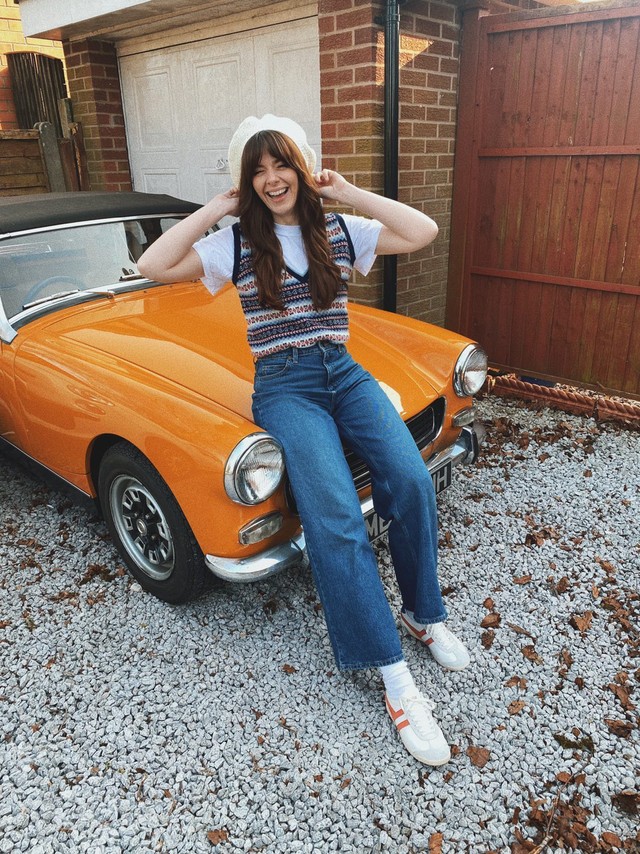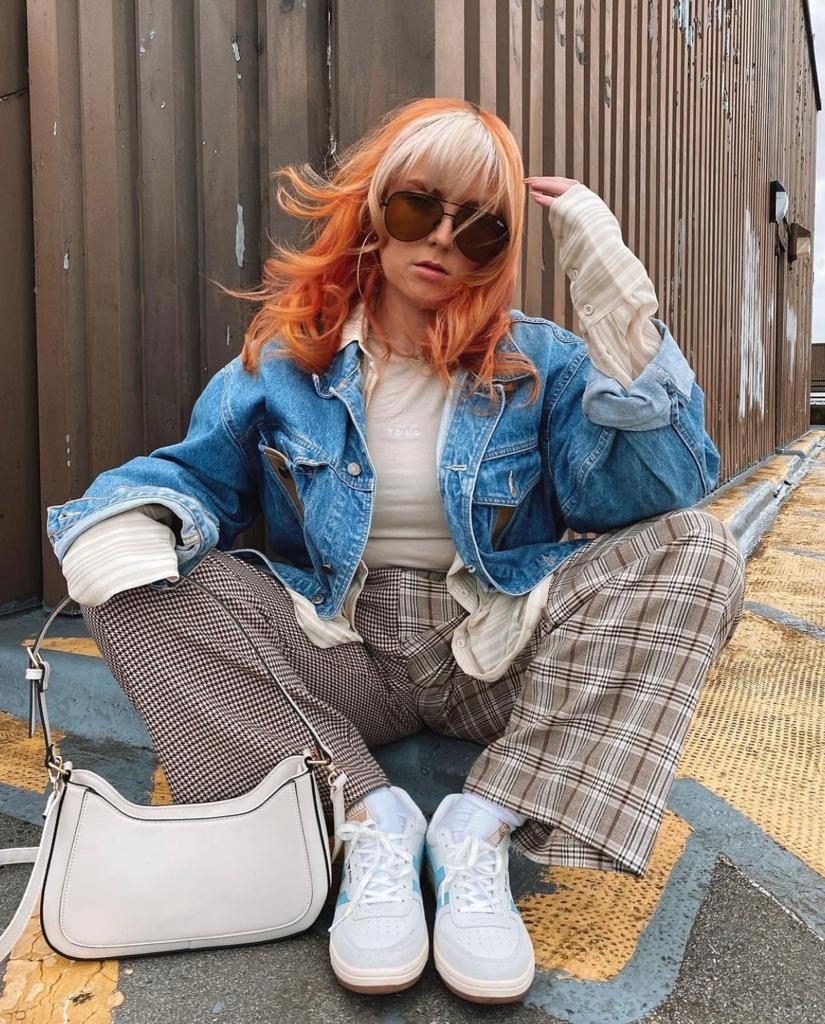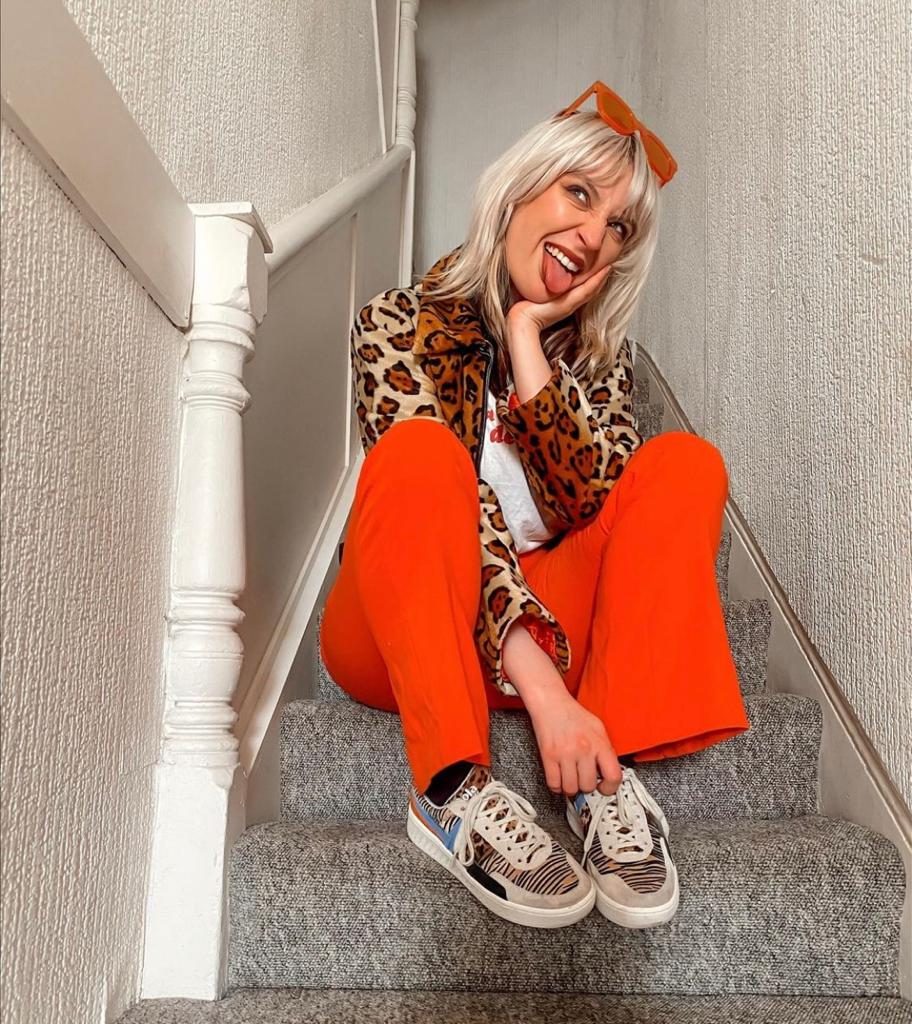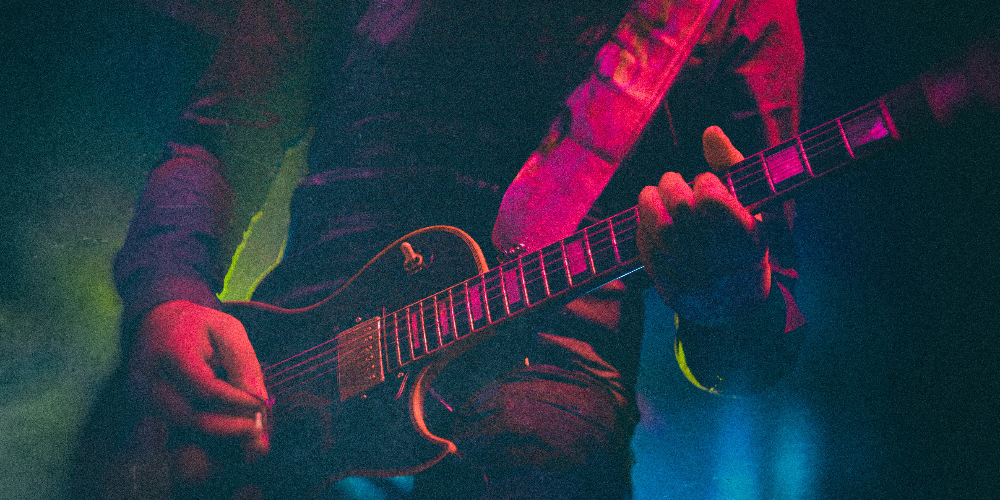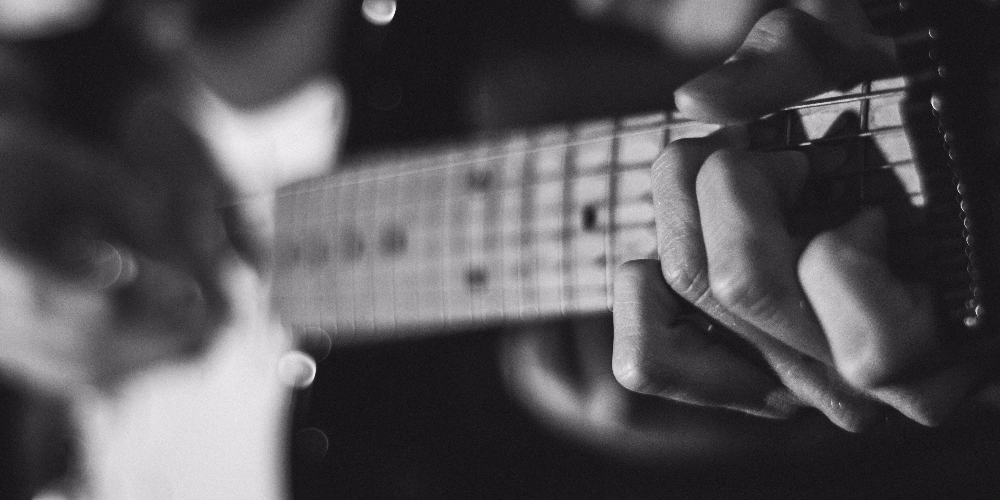The great 1990s are a collection of ten incredible years hallmarked in history by their contribution to fashion and music.
90s music was a burst of angst, energy, colour, dance, and soul that has never repeated itself in quite the same way. Here, we’ll let 90s music fight 90s music. From Britpop to Eurodance, find out which is worthy of a 2017 comeback.
‘Girl Power’ vs…
90s music was all about powerful and influential female groups and singers. Expressive songs, motivational videos and power ballads from bands like Eternal, Destiny’s Child, En Vogue, Whitney Houston, Mariah Carey, Britney Spears, and Christina ‘Xtina’ Aguilera were a hugely popular break from the male-dominated music scene of the time. Madonna was as omnipotent as ever and Sugababes managed to hop onto one of the last departing trains for the decade in 1998, but — of course — ‘Girl Power’ was high-kicked into a global phenomenon by the almighty Spice Girls.
An unforgettable quintet whose posters were plastered on the walls of every young girl’s bedroom during the decade, the five famously fabricated personalities of the Spice Girls gave young girls someone to identify with and pushed the idea that women could be successful independently from men (admittedly, their former manager, Simon Fuller, played a part).
Britpop
Britpop was, as you can guess, all about singing for British youths and acted almost as a counter attack on the themes of American songs at the time. Bands like Blur, Oasis, The Verve, and Manic Street Preachers took influence from 60s/70s British rock music and propelled Britpop to subculture status with its own distinct clothing and attitude. 90s songs like Wonderwall and Parklife had a strong sense of local identity and working class ethics that really spoke to youths of the day, while the behaviour and atmosphere of Britpop championed the brazen maleness of ‘lad culture’ at a time when ‘Girl Power’ was about to make waves.
Verdict:
While Girl Power instilled self-belief and confidence in many young girls, Britpop was all about giving the working-class a mainstream platform and voice. Feminism vs. social mobility? We’re backing off and making this one a tie.
Party dance routines vs…
From Whigfield’s Saturday Night to Los del Rio’s Macarena, you have to admit the 90s were a hit for disco routines. Not only were these ideal ways of moving from the corner to the dancefloor at the unavoidable school Christmas party, but they’ve also been helping DJs crank up the party spirit at wedding receptions and 18th birthdays ever since. In this time of dabbing, twerking and whipping your hair; there was something pricelessly innocent about doing Madonna’s Vogue gestures, followed by a Steps’ 5,6,7,8 and Rednex Cotton Eye Joe hoedown.
Boy bands
Although 90s music was big on girls groups, the stage was fairly shared by the boy band. N’Sync and Backstreet Boys were America’s greatest exports in this industry, while Take That and Westlife fought back well for the UK and Ireland. The ballads, bubblegum pop tunes and craze-making dance routines pumped out by boy bands of the 90s created the type of frenzy seen by Elvis fans in the 50s and The Beatles followers in the 60s.
Before we knew it, there were dolls, posters, magazines, and clothing devoted to these vocal harmony groups but unfortunately, this led many to associate boy bands as being mere puppets of a money-hungry record label. Although we tired of miming shows, structured interviews and tacky merchandise, many boy bands have actually made a respectable return to the music scene in the past few years, including Take That and Backstreet Boys. So, there was talent behind the trash after all.
Verdict:
Although these disco dance routines are always good fun, the boy band 90s music genre was a formidable force. Even today, we wonder if Smash Hits would have kept in print without it. All in all, it’s that wonderful sense of nostalgia that has persuaded us to let the boys win this one. Nothing brings back memories of our youth than the dolls, posters, concert t-shirts, and scrapbooks filled with ‘I *heart* Justin’ of our beloved 90s boys.
Feelgood party tunes vs…
The 1990s were a feelgood decade. Home Alone was on at the cinema, the World Wide Web had its first test run, Nokia’s Snake was controlling all our minds, and Harry Potter flew into our lives. But this was also the season of boppy, catchy pop songs that still get us dancing today. In the same year that Tony Blair rode Labour back into office the Danish-Norwegian pop group, Aqua, released Barbie Girl and we were hooked. The 90s music scene was peppered with unforgettable tunes like B*Witched’s C’est la Vie, Chumbawamba’s Tubthumping, Right Said Fred’s I’m Too Sexy, Ricky Martin’s Livin’ La Vida Loca, and literally anything Steps released. Yes, these weren’t lyrical masterpieces, but they were a good laugh and we all loved them back in the day.
Contemporary R’n’B and urban music
In the 1990s, the world was more connected than it’s ever been. So, let’s look at 90s music outside the UK. The greatest genre to captivate the decade was modern R’n’B/urban which was spearheaded by artists including: Faith Evans, Lauryn Hill, En Vogue, Boyz II Men, Usher, R. Kelly, and TLC.
Combining funk, pop and blues, contemporary R’n’B and urban songs are rich, soulful and emotional which was a great contrast between the more sugary ballads and techno tunes they were up against in the 90s. Tracks such as I Will Always Love You by Whitney Houston and Vision of Love by Mariah Carey kick-started the genre which has weaved its way through the following decades to nourish global stars like Beyonce, Ne-Yo and John Legend.
Verdict:
We’re grateful for the cool, deep and inspiring songs of 90s R’n’B music, and how they’ve contributed to our music then and today. But if we could bring either of these 90s music genres back; our heart says feelgood. There’s no better party starter or stress booster than a cheesy 90s playlist. Let’s face it, family occasions just wouldn’t be the same without a 90s feelgood megamix at the end of the night.
Hip Hop vs…
The world of 90s music would be incomplete without a nod to the globally-renowned rappers and hip-hop stars of the day. From 2Pac, Notorious B.I.G, and Vanilla Ice, to Ice Cube, Busta Rhymes and Eminem; hip hop was the genre of choice if you wanted an unfiltered insight into hard urban culture that’s often glossed over in mainstream media. Empowering, rhythmic and confident, hip-hop was the top-selling genre of music in the mid-to-late 1990s. Similar to Britpop, hip-hop is a subculture, generally containing key elements like rapping, graffiti, breakdancing, and DJing, which could explain its popularity across the world.
Eurodance
Rarely has technology and musicality collided so fruitfully. The birth of Eurodance masters like Vengaboys, Haddaway, 2 Unlimited, Corona, and Scatman John came about in the 90s due to the explosion of equipment that enabled electronic music. A combination of house, techno and dance, the Eurodance 90s music genre is recognisable for its use of synthesizers and strong bass rhythms. This type of music is almost always positive and upbeat with a strong undercurrent of partying and generally having a good time — ideal going out soundtrack for when you’re getting ready.
Verdict:
Although Eurodance has helped us get pumped up for crucial life moments, we can’t place it above the global phenomenon that is 90s hip-hop. The decade propelled the gritty genre all over the world and it’d be a very different stream of sound today if it weren’t for the rappers of the 90s.
Rock vs…
This decade was also the time that the great rock bands in modern musical history came to our attention. Before 1990, many rock bands had just a niche following compared to other genres, but as we entered the decade we saw bands like Nirvana, Pearl Jam, Red Hot Chilli Peppers, and The Smashing Pumpkins receive attention from major music labels and become commercially successful. The energetic performances and expressive song lyrics really filled a gap in 90s music, and the media presented rock’s popularity throughout the 1990s almost as a rebellion of real music and emotions against the more manufactured genres of the time.
Country
Country music rocketed in popularity and airtime during the beginning of the 1990s — it even had a cover story about its history and appeal in Time magazine. Aficionados will probably attribute a lot of 90s fame to the surge in people taking up line dancing. Even in the UK, many working men’s clubs had a weekly line dancing night and this helped songs like Achy Breaky Heart and Boot-Scootin Boogie ride high in the charts. As the decade progressed, artists like Shania Twain, LeAnn Rimes, Tim McGraw, Faith Hill, and Dixie Chicks took a hold of the genre and helped to usher it into the consciousness of a younger audience. Almost certainly, it was this nudge into the ‘poppier’ mainstream arena during the 1990s that helped breathe new life into country music and make sure it made it into 2017.
Verdict:
The problem is, both these genres are raw and creative, inspiring millions of fans for so many years. Country songs all seem to tell a true-to-life story, while rock expresses all the emotions we want to show for us. Dare we draw another tie?
The 90s were a huge decade for music. If you want to check out our range of retro shoes, browse our men’s and women’s Gola Classics for the perfect throwback trend to suit your style.

